Steve Jobs combined his visions with art and technology in order to bring products to the market that have changed the lives of millions of people. He founded Apple and the computer industry, was fired, and twelve years later saved the company from bankruptcy. Afterwards, he pushed through a series of innovations that were really enough for seven lives. After his early death, not only his fans are wondering how Apple will deal with Steve Jobs’ legacy.
By Christoph Dernbach
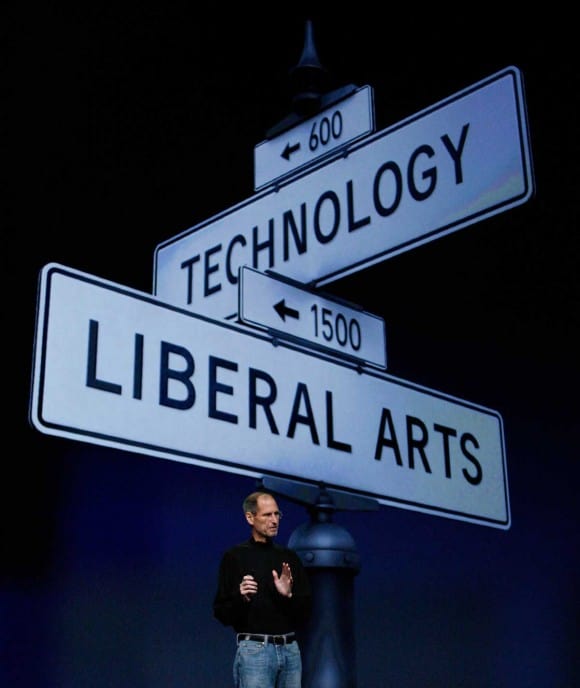
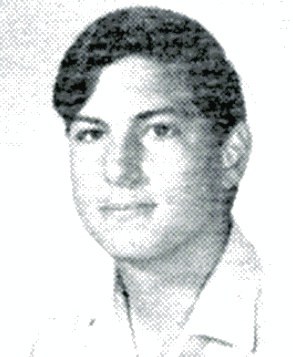
Steve Jobs must already have been charismatic as a twelve year old school boy. Or was it just cockiness with which he would later take his business partners by surprise time and again? As an eighth grade student, he wanted to build a frequency counter for his school project and needed some parts. He contacted non other than Bill Hewlett, who was the legendary co-founder of computer group Hewlett-Packard (HP).
In the 60s, the Silicon-Valley pioneer’s contact information could still be found in the phone book. The lanky boy did not just coax the needed parts free of charge from the group boss. “He answered and chatted with me for twenty minutes. He got me the parts, but he also got me a job in the plant where they made frequency counters,” Jobs told book author Walter Isaacson for his biography.
Steve Jobs worked there the summer after his freshman year at Homestead High. obs worked there the summer after his freshman year at Homestead High. “My dad would drive me in the morning and pick me up in the evening.” He found himself at the right place at the right time. Still, Steve Jobs’ fate as the most successful entrepreneur of America was not handed to him at birth.
“He was a boy who had no money,” recalls his friend and Apple co-founder Steve Wozniak. “He had nothing except his intellect. But he brought us things that became a challenge for all of us.” Paul Otellini, CEO of chip giant Intel, said: “True genius is measured by the ability to touch every person on the planet. Steve did that, not just once, but many, many times over his amazing life.” In contrast to industry titans like Bill Gates, Steve Jobs came not from a wealthy home, but from a lower-class background.
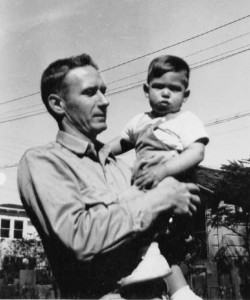
His biological parents, the Syrian student Abdulfattah John Jandali and his American girlfriend Joanne Simpson, gave him up for adoption after his birth. In 1955, the still unmarried couple, both 23, was studying at the University of Wisconsin and found themselves unable to care for the child without a proper income. Actually, his parents insisted on giving him away to an academic family, which could guarantee that he could one day attend university. But the desired family got cold feet and cancelled the adoption in the last minute.
Finally, the child ended up in the house of Paul and Clara Jobs. Steve’s adoptive parents were simple people. His father worked as a car mechanic and his mother as an office employee. When Steve was five years old, his parents moved with him from San Francisco to Mountain View, in the middle of booming Silicon Valley. Author Walter Isaacson relates in his biography of Steve Jobs that in the new neighborhood Jobs told a girl that he was an adopted child. “So does that mean your real parents didn’t want you?” the girl asked. “Lightning bolts went off in my head,” according to Jobs. “I remember running into the house, crying. And my parents said, ‘No, you have to understand. We specifically picked you out.” This key scene described the tension between the terms “abandoned”, “chosen”, and “special” at a very early age for Steve Jobs.
Steve gets it
Who knows where Steve Jobs’ journey through life would have brought him if he had not met electronics enthusiast Steve Wozniak, who was four classes above him in school. Despite the age difference, the two Steves got along very well. “It seemed as if we had a lot in common,” recalled Woz later in his autobiography. “Typically, it was really hard for me to explain to people the kind of design stuff worked on, but Steve got it right away. And I liked him. He was kind of skinny and wiry and full of energy.”
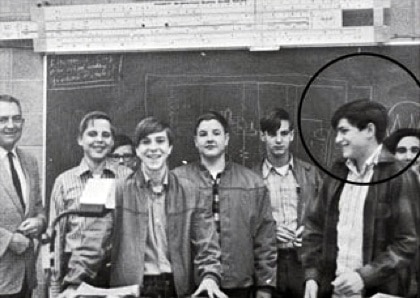
Jobs, like Wozniak before him, attended Homestead High School in Cupertino, California, a solidly middle-class school in the suburbs of Silicon Valley. Homestead was progressive, with an innovative electronics program that shaped Wozniak’s life. Jobs and Wozniak had been friends for some time. They met in 1971 when their mutual friend, Bill Fernandez, introduced then 21-year-old Wozniak to 16-year-old Jobs. After hours, the two Steves would often meet at Hewlett-Packard lectures in Palo Alto.
Read next page: Steve Jobs and Steve Wozniak hack the phone system
The Legend of Steve Jobs – His Life and Career
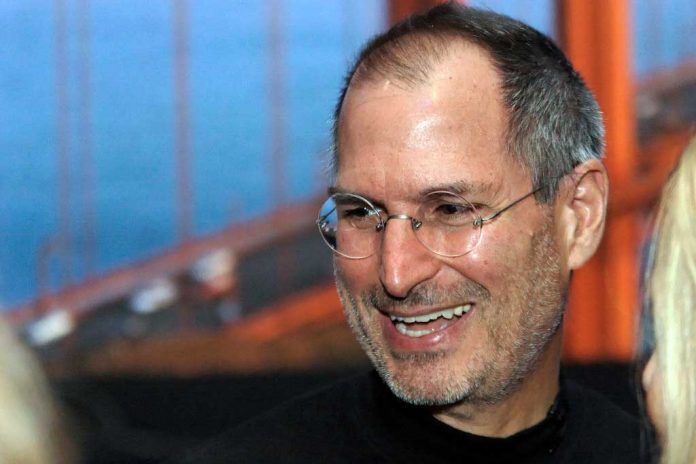



[…] The Legend of Steve Jobs – His Life and Career » Mac History. Steve Wozniak and Steve Jobs […]
[…] time Apple has used an iconic design for an iOS app. The original iOS calculator used a design that paid homage to the classic Braun ET44 calculator. Apple SVP of Industrial Design Jonathan Ive is well-known as […]
[…] time Apple has used an iconic design for an iOS app. The original iOS calculator used a design that paid homage to the classic Braun ET44 calculator. Apple SVP of Industrial Design Jonathan Ive is well-known as […]
[…] time Apple has used an iconic design for an iOS app. The original iOS calculator used a design that paid homage to the classic Braun ET44 calculator. Apple SVP of Industrial Design Jonathan Ive is well-known as […]
[…] of German designer Dieter Rams defender simplicity and functionalism to inspire Steve Jobs and his Apple universe, in addition to Banzi, which would connect his brain chips from the first approach to […]
[…] Dieter Rams, defensor p la simplicidad junto con el funcionalismo que inspiraría a Jobs y a su universo Apple, además p a Banzi, que conectaría los chips p su cerebro a partir p ose primer acercamiento a la […]
[…] was the graphical user interface. I thought it was the best thing I’d ever seen in my life” (Steve Jobs 1995) Inspired by this amazing experience in 1983 Steve Jobs brought out “The Apple […]
[…] influenced the designers at Apple. See here and here. I’m not about to have a rant about the brazen similarities, its more to […]
[…] read about Steve Jobs and Dieter Rams. It talks about how Steve Jobs was highly influenced by the many years of work and design success […]
[…] Dernbach, Christoph. “The Legend of Steve Jobs – His Life and Career.” Mac History, Mac History, 1 Feb. 2015, http://www.mac-history.net/steve-jobs/2012-10-30/the-legend-of-steve-jobs-his-life-and-career […]
[…] Dieter Rams, defensor de la simplicidad y el funcionalismo que inspiraría a Steve Jobs y a su universo Apple, además de a Banzi, que conectaría los chips de su cerebro a partir de ese primer acercamiento a […]